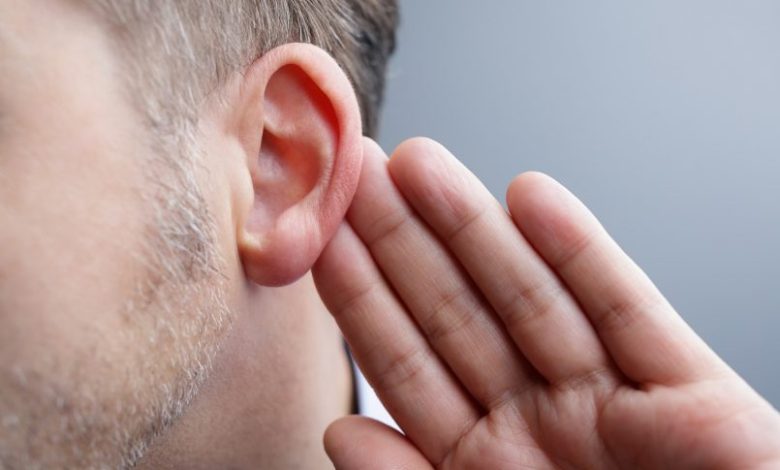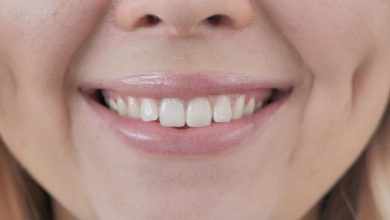Tinnitus test: how to measure and how to help prevent hearing loss

If you are experiencing difficulties with hearing, tinnitus, or maintaining your balance, you should speak with an audiologist or an ear, nose, and throat specialist (ENT). It is possible for you to book an online tinnitus test. Tinnitus is a symptom and not a disease in and of itself; consequently, it is essential to rule out all potential causes of tinnitus. Common medical causes of tinnitus include earwax build-up, ear infections, middle ear disease, sudden sensorineural hearing loss, Ménière’s disease, noise-induced hearing loss, and presbycusis.
What can I do to prevent hearing loss?
Consult an audiologist.
First, conducting a test is important to assess the current hearing capacity. Upon the occurrence of:
- Members of the family that have difficulty hearing
- Lack of hearing ability?
- Regularly being subjected to loud noise.
- Do you get ear pain?
- Not possessing one of these?
If your hearing loss has progressed significantly, you may want to consider obtaining a hearing aid. If you encounter a sudden, unexplainable change in your hearing, you should not be reluctant to seek medical attention. This could be an indication of more serious health problems. The following are some suggestions for managing hearing loss:
Please keep the volume level down.
It is risky to yell to be heard if the volume level is excessive. Many things can produce noise, including motorcycles, concert speakers, power tools like saws, and headphones, among others. Playing music at a volume that is possibly damaging to the ear could result in hearing loss.
Quiet-enforce.
Consider investing in equipment that generates less noise. You can address the manager of a movie theatre, restaurant, or any other public place to request that they lower the noise level. Insert earplugs into your ears.
Insert earplugs into your ears.
If you are planning to spend more than a few minutes in an area with a lot of background noise, you should use earplugs. They can reduce noise by 15 to 30 decibels and are often made from foam or rubber. You can purchase them off the shelf or have something produced specifically for you. Both alternatives are readily accessible. There are, in fact, earplugs available that block sound regardless of frequency. They aid musicians in producing audio that is more distinct and less distorted.
Stop smoking.
Studies have demonstrated that smoking may cause hearing loss over time. If you are a smoker, quit immediately. There is no time greater than the present. As far as possible, non-smokers should avoid being in environments where others smoke.
Clean your ears.
When earwax builds in the ear canal and fully obstructs it, hearing is hindered. Cotton swabs can aid in removing earwax by moving it deeper into the ear canal. Utilize an irrigation kit to both soften and eliminate the wax. If it becomes compressed, your physician may remove it to prevent further difficulties.
Is there some training to keep the ears efficient?
Even before we are ready to produce our first words, we absorb language into our brains. Aural brain training can be undertaken at any time in one’s life, although it is most effective while the brain is still young and pliable. Researchers have examined musicians more closely to grasp the impact of repetition on the hearing sense. Musicians work on their hearing to make it better, and those who play in groups must learn to tell the sound of one instrument from all the other sounds made by the group.
In recent years, the evolution of new technologies has facilitated the training of professional audiologists. There are numerous techniques to improve a person’s hearing, including video games. It should not come as a surprise that gamification can aid in hearing improvement. Younger gamers are likely more motivated to maintain their hearing than elderly individuals who do not play video games.
What kinds of hearing aids exist?
Behind-the-ear
Hearing loss of any severity, from the mildest to the most severe Wearable hearing aids
In contrast, it could be quite time-consuming for certain people. The electronic housing of a behind-the-ear (BTE) hearing aid from Trusted Source is positioned behind the ear, and a short cable links the housing to an earmold placed in the external auditory canal. An integrated hearing aid that includes a microphone and audio player. In addition to the microphone, the electronic components, the earpiece, and the ear itself comprise the ear. Behind-the-ear (BTE) hearing aids can help people of all ages and levels of hearing loss.
Their size will likely discourage some potential buyers. Those who battle with earwax may discover relief from BTE. The advantage is that sound is not muffled when people are speaking. A minor negative of portable models is that they are more likely to be lost. Little BTE hearing aids are a great option for those who prefer not to have moulds on their hearing aids but still want a behind-the-ear design. A small tube is put into the ear canal to transmit sound, which is then left in its natural, unobstructed state. This hearing aid is perfect if you frequently have earwax build-up or dislike having the volume turned down. Earbuds are fragile.
In-the-ear
Hearing impairment with varying degrees and severity. It hinders the development of children and teenagers. In-ear hearing aids, commonly referred to as ITE devices, are implanted inside the ear canal instead of worn in the external auditory canal. The external auditory canal contains all of the necessary circuitry. In-the-ear (ITE) devices refer to hearing aids within the ear canal.
Moulds are inappropriate for infants or young children since they must be changed as the child develops. The majority of individuals acquire an ITE device once they reach adult height. Some in-the-ear (ITE) hearing aids are fitted with a telecoil that can be used with a telephone or other sound system to amplify the transmitted voice.
Middle ear implants
Having to undergo surgery is both more intrusive and less discrete than other accessible alternatives. A middle ear implant is a prosthetic device surgically placed into one of the tiny bones comprising the middle ear (MEI). By adjusting the skeleton in reaction to sonic inputs, Meis can improve the vibrations sent to the hair cells in the inner ear.
Implants placed in the canal
Hearing loss ranging from barely perceptible to severely incapacitating requires a great deal of discretion and secrecy. The lacklustre performance of the batteries. If you wish, these hearing aids can be implanted completely into the ear canal. Even though their diminutive stature may take some getting used to, a large number of people adore them for the understated style they radiate.
How can hearing aids help?
Hearing aids, especially digital ones, greatly enhance clarity (less strain and clearer hearing). Due to the volume of their speech, hearing aids are strongly advised for your interactions with them. The result was improved hearing (from watching television and one-on-one conversations). Everything, from the ticking of clocks and the hum of computers to the footsteps of humans, will appear to be amplified. Normal. As your brain readjusts, you will be better able to tune out low-volume sounds.
Hearing aids are not particularly useful in environments with excessive background noise. If this is your primary hearing impairment, you should search for hearing aids with two microphones. Earplugs that are gentle to the ear canals. Hearing aids and ear moulds are both capable of causing occlusion (your voice gets louder).
Even though having hearing aids could theoretically make talking simpler, getting acclimated to them could take some time. Knowing what will happen next makes adaptation much simpler. You can rely on the expertise and experience of our hearing aid specialists to explain the acclimatisation process and the benefits you can anticipate as a consequence.





